Controversial millennial clothing brand becomes greatest stock market rally of 2024 as price continues to soar
Just two years ago, the headstones for Abercrombie & Fitch were etched.
Shoppers had left a retailer in the early 2000s that was red hot, the stock price was low, and the retailer was satirized in a Netflix documentary.
Bosses had recruited only skinny, white people – and models and staff wore little clothing because the brand sold sex to 15- to 22-year-olds.
In a stunning turnaround, anyone looking at the stock chart this year will see a green line that has risen even steeper than Wall Street darling Nvidia.
Shares of Abercrombie & Fitch have skyrocketed more than 400 percent in the past year, far outpacing the chipmaker’s 210 percent gain in that time.
Since Abercrombie & Fitch’s many controversies, the brand has undergone a major overhaul, making it popular with millennials and Generation Z.
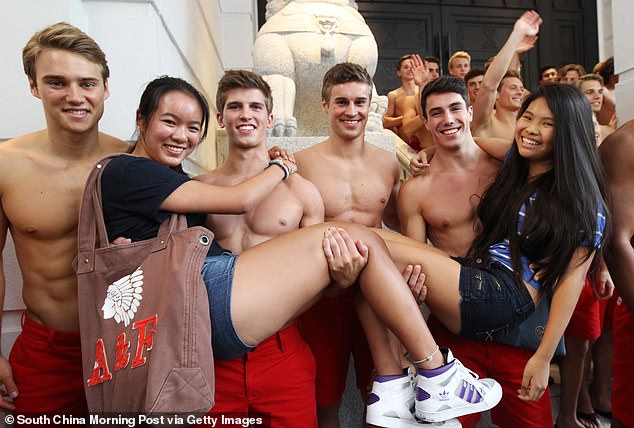
Abercrombie & Fitch was the mall hotspot in the 2000s, famous for its perfectly preppy, tanned and well-coiffed employees
What has changed?
The first signs of a real departure from the feisty, provocative image during former CEO Mike Jeffries’ tenure came when Fran Horowitz took over as CEO in 2017.
To get an idea of the difference between these two leaders, Horowitz sits on the board of a corporate social responsibility organization that advocates for companies to do good for the world, not just make a profit.
Jeffries, who is widely credited with initially growing the brand, is known more for his brash, offensive statements.
The company’s decline undoubtedly began under Jeffries, who resigned in 2014 after 11 straight quarters of shrinking same-store sales.
Seven years after Horowitz’s appointment to the top position, Abercrombie & Fitch posted the strongest quarterly results in its 132-year history.
In the three-month period ending in May, it had revenues of $1 billion, up about 22 percent from a year earlier. Moreover, profits rose 22 percent, much higher than analysts expected.
The story of how this remarkable turnaround came about begins with how Abercrombie & Fitch overhauled its entire image from top to bottom.
A 2022 Netflix documentary called “White Hot: The Rise & Fall of Abercrombie & Fitch” cataloged exactly how the brand marketed itself.
In the early 1990s and into the 2000s, it ran advertising campaigns packed with sex appeal, mainly featuring attractive and shapely white models. In some ads, the models wore almost nothing at all.
Their ads also had incredible star power, with Taylor Swift, Karlie Kloss and Jennifer Lawrence appearing early in their careers.
A quick look at Abercrombie & Fitch’s website today reveals a much more comprehensive picture. Models of all races and sizes are prominently featured during the summer promotions.
That’s a far cry from 2002, when the company proudly sold a line of T-shirts featuring Asian stereotypes and caricatures.
One of the offensive shirts featured the slogan “Wong Brothers Laundry Service – Two Wongs Can Make It White” with two caricatures of Chinese men.
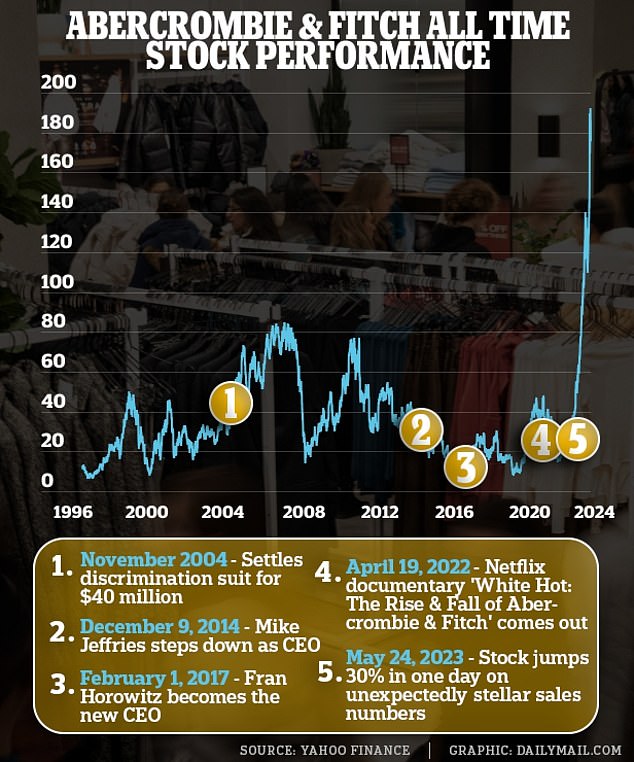
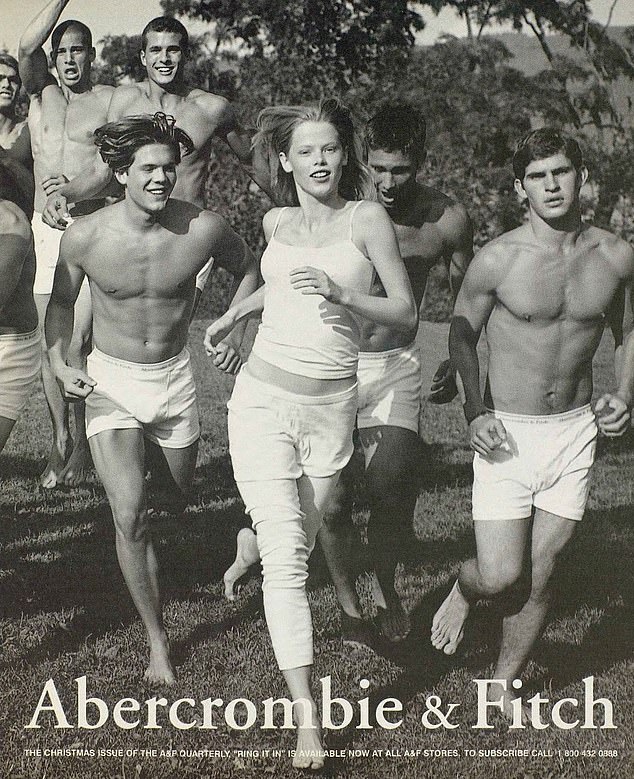
In the early 1990s and 2000s, Abercrombie & Fitch ran advertising campaigns packed with sex appeal, mainly featuring attractive and shapely white models.

In some ads, like this one promoting boxers, the models wore almost nothing at all.

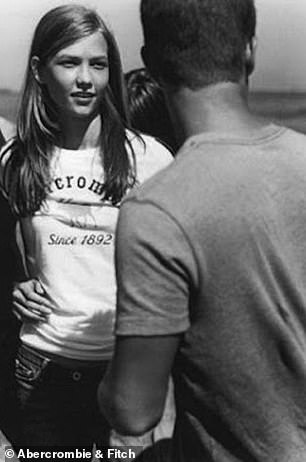
Taylor Swift and Karlie Kloss modeled for Abercrombie early in their careers
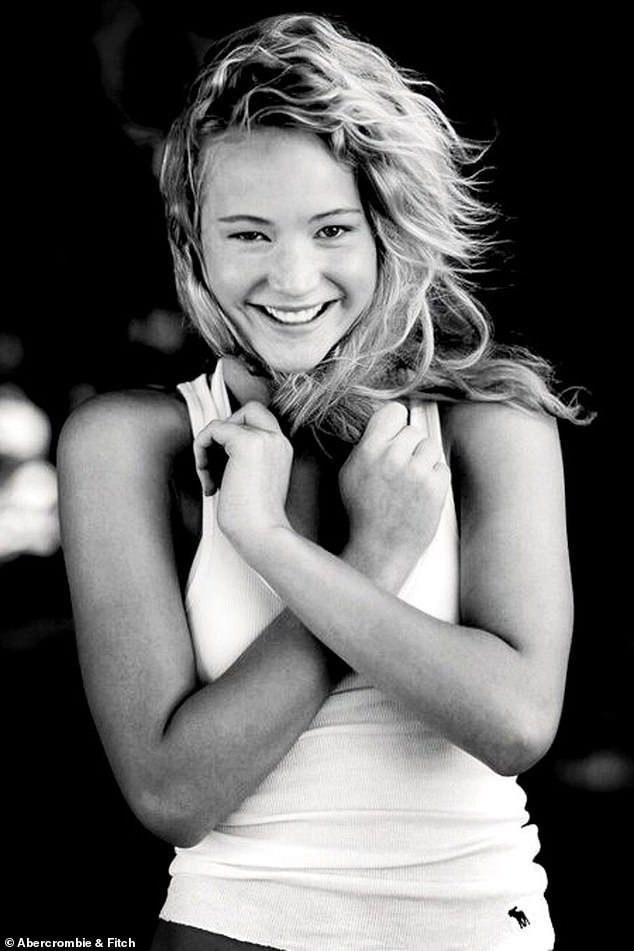
Jennifer Lawrence recalled her 2006 shoot in an interview: “They wanted natural shots, so they let us play soccer on the beach. The other models played football beautifully, but not me. My face was bright red and I was sweaty with my nostrils flaring’
The brand’s controversies were not limited to the clothes themselves. Their stores, like their advertising, were committed to the idea that sex sells.
That meant rejecting people who applied to be store models and didn’t fit a certain “look,” which reportedly included minorities.
Subsequently, nine people of color filed a class action lawsuit against Abercrombie & Fitch for alleged discrimination against African Americans, Latinos and Asian Americans. A settlement was reached for $40 million in November 2004.
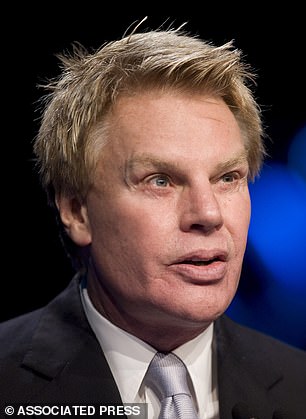
Mike Jeffries, former chairman and CEO of Abercrombie & Fitch, was known for making brash statements that some found offensive
Attitudes have certainly changed since the days of 2006 when then-CEO Mike Jeffries said so Salon: ‘We’re going after the attractive, all-American guy with a great attitude and lots of friends. Many people don’t belong [in our clothes]and they can’t belong.’
‘Are we excluded? Absolute. The companies that are in trouble are trying to target everyone: young, old, fat, skinny,” he added.
In keeping with the image of their models being skinny in stores, the brand also received endless criticism for not selling clothes for people in size XL or XXL.
But as Abercrombie & Fitch has expanded its customer base, the company is booming among Gen Z and millennial professionals, according to data from QuestBrand.
Both demographic groups surveyed in 2023 are much more likely to describe Abercrombie & Fitch as a “hip” and “stylish” brand than they were two years earlier.
The company’s net favorability among millennials reached an all-time high in May 2024 Morning consultation.
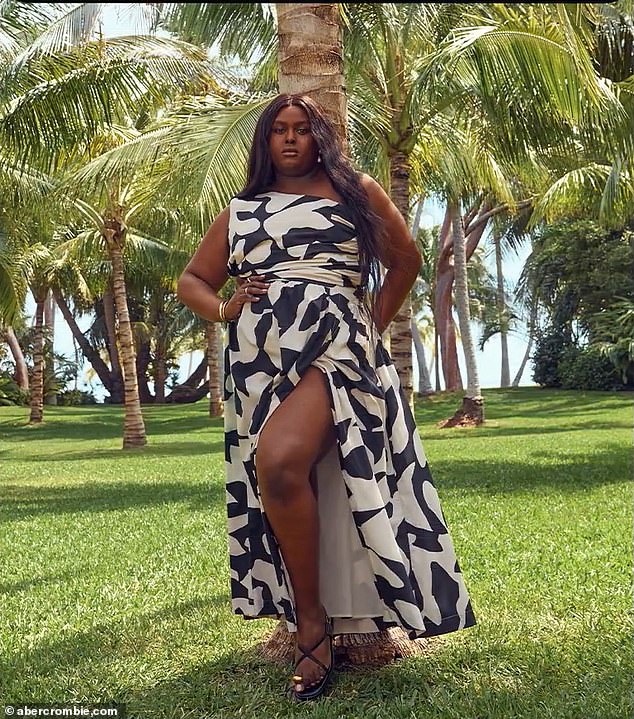
A model is pictured in a recent Abercrombie & Fitch summer promotion on the company website
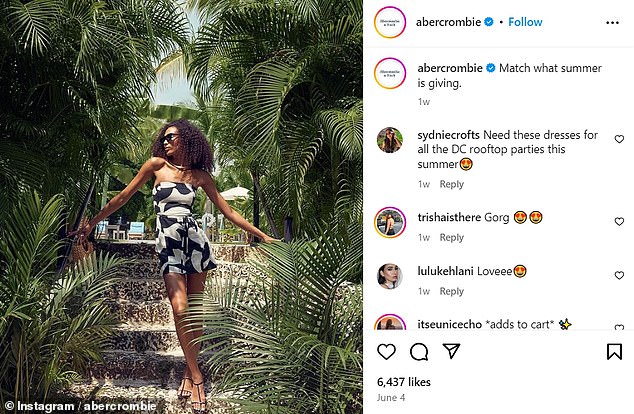
The brand is also much more active on social media, selling products through affiliates on Instagram and other platforms
But of course, in a world full of competitors, Abercrombie & Fitch isn’t destined to be the top dog forever.
Other brands that also suffered a similar decline as malls and in-person shopping declined with the rise of e-commerce are also reinventing themselves.
American Eagle and Gap, which owns Banana Republic and Old Navy, are taking their own steps to position themselves as the premier clothing option for young professionals. Business insider reported.
But for now, investors are celebrating an unlikely winner in the market that isn’t a tech giant or AI startup.
